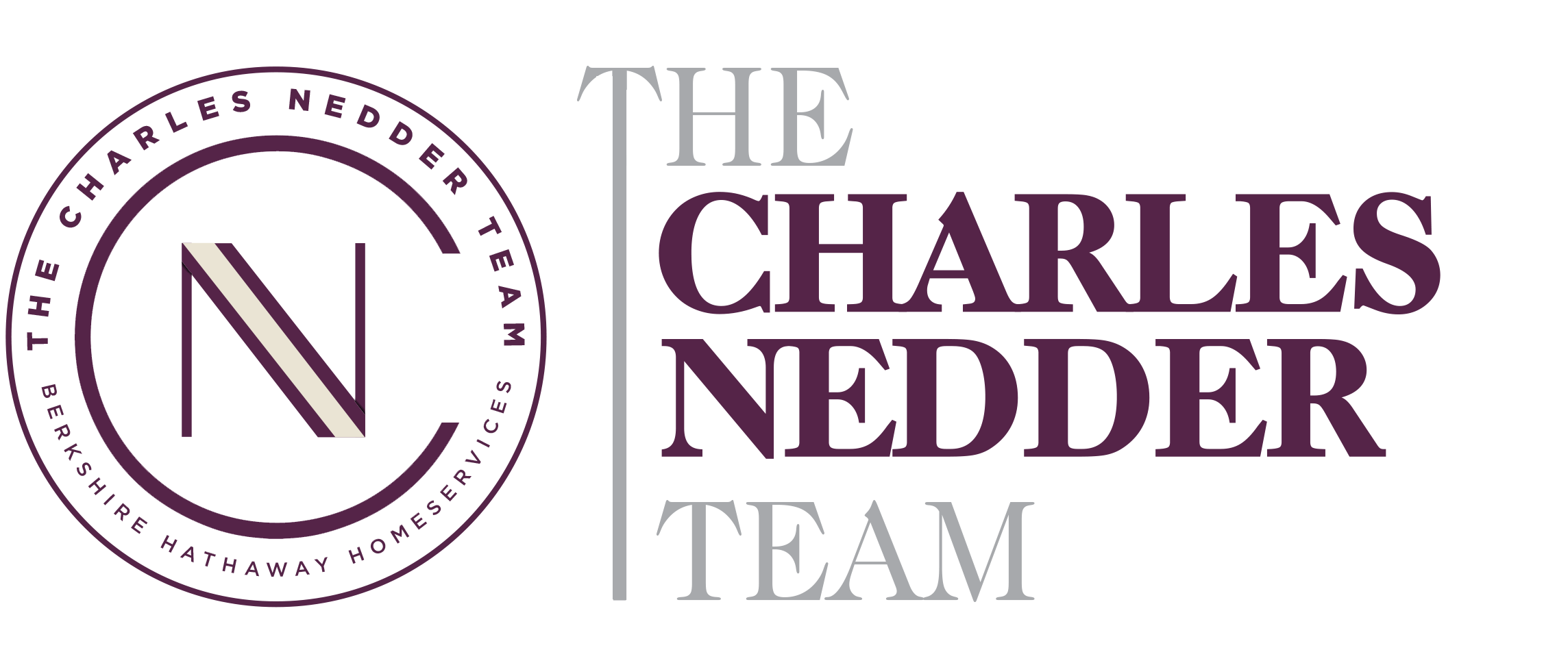Perks That Pay Off: Smart Seller Incentives That Nudge Buyers to Act in Connecticut
.jpg?w=128&h=128)
Charles Nedder
Consistently ranked as a top producer, Charles Nedder is well-resourced, enthusiastic, and devoted to serving the needs of his clients...
Consistently ranked as a top producer, Charles Nedder is well-resourced, enthusiastic, and devoted to serving the needs of his clients...
In Connecticut's current real estate landscape, where borrowing costs remain high, many buyers are understandably cautious. Even those who are motivated to purchase are taking their time, weighing their options carefully, and being particularly sensitive to upfront costs. While adjusting the sale price is one way to attract interest, many sellers are opting for targeted incentives that make the buying process smoother without compromising their valuation strategy.
Recent data from Redfin indicates that seller concessions have become increasingly common in 2025, with 44 percent of homes sold in early spring offering some form of incentive. In high-cost areas, that number jumps to over 70 percent. From financial perks like interest rate buydowns to logistical offers like flexible closing dates, the consistent goal is to reduce barriers and make the offer process more appealing for buyers.
This article highlights five categories of incentives that sellers in Connecticut are using to facilitate property sales without lowering their list prices.
Interest Rate Buydowns: A Cost-Effective Alternative to Price Cuts
One of the most effective financial incentives currently being utilized is the temporary interest rate buydown. In this arrangement, the seller pays an upfront fee to the buyer’s lender, which lowers the buyer’s interest rate for a specified period, typically ranging from one to three years.
According to FirstBank Mortgage, this strategy can be less costly than reducing the home’s sale price while still providing significant monthly savings for the buyer. For instance, a $6,000 buydown could save a buyer over $200 each month for the first two years of their mortgage, which is comparable to the impact of a $25,000 price reduction.
Buyers who anticipate refinancing in the near future often find this structure particularly appealing, as it alleviates the initial payment burden without necessitating permanent financing changes. For sellers, it keeps the property competitively priced while directly addressing concerns related to interest rates.
Home Warranties: Reducing the Unknowns
Offering a home warranty is another popular strategy, especially for older homes or properties that haven't undergone recent system upgrades. A one-year home warranty can cover major appliances, HVAC systems, and plumbing issues, giving buyers peace of mind against unexpected expenses during their first year of ownership.
Data from NFM Lending shows that home warranties rank among the top three incentives sellers choose to offer, alongside closing cost contributions and interest rate buydowns. They are often bundled with inspections to reassure buyers without requiring sellers to undertake significant renovations or replacements before the sale.
Instead of investing in new systems or cosmetic improvements, the home warranty approach shifts the focus to minimizing buyer risk. This can be particularly effective when selling to first-time buyers or in markets where similar properties lack this added protection.
Targeted Credits for Buyer Improvements
Sellers are also providing specific allowances for cosmetic updates or deferred maintenance. These credits can be applied toward painting, flooring replacements, or minor remodeling projects that buyers plan to tackle after closing.
Rather than spending on staging or renovations with uncertain returns, this strategy allows buyers to make changes according to their tastes while still feeling they’re receiving added value. The allowance model works particularly well when paired with agent marketing that emphasizes the property’s potential, such as before-and-after renderings or cost breakdowns for popular upgrades.
Unlike blanket price cuts, improvement credits can be structured to appear within a buyer’s closing disclosure, making them visible and impactful during negotiations without altering the overall valuation framework.
Prepaid Costs: Making the Upfront Math Easier
For buyers facing high closing costs, even small contributions toward prepaids, such as homeowner association dues, property taxes, or utility credits, can simplify decision-making. While often overlooked, these smaller incentives can stand out in competitive segments, especially among first-time or budget-conscious buyers.
Recent builder trends reported by NewHomeSource indicate that prepaid cost coverage has been bundled with promotional financing offers, combining short-term cash relief with long-term payment structures. Resale sellers in Connecticut are adopting similar strategies by offering to cover the first few months of HOA dues or including a utility credit at closing.
These offers are particularly effective in suburban neighborhoods with high amenity fees or in markets where buyers are relocating from lower-cost areas and adjusting to new budget constraints.
Flexibility on Timing: A Non-Monetary Incentive with High Value
Incentives don’t have to be financial to be effective. Flexibility in timing, such as offering a rent-back period, delayed occupancy, or a coordinated closing, can address logistical concerns that might prevent a buyer from moving forward.
eXp Realty’s 2025 seller advisory notes that flexibility incentives are especially effective with buyers who are simultaneously selling their current homes or relocating across regions. In these situations, aligning with the buyer’s preferred timeline can be more influential than other competitive factors.
Sellers working with experienced agents can present this as a planning advantage rather than a concession, enhancing the property’s marketability while facilitating a smoother closing process.
A Market Defined by Hesitation
Across various sources, a consistent theme emerges: sellers are navigating a slower, more deliberate market shaped by financing concerns and risk aversion. Redfin’s 2025 market analysis attributes the rise in concessions not to distress, but to evolving buyer behavior. Sellers who adapt by offering targeted solutions are better positioned to maintain their list price while encouraging quicker buyer decisions.
Incentives that address rate concerns, repair anxiety, or cash-on-hand issues are proving to be more effective than generic price reductions. Instead of diminishing value, they redirect the buyer’s focus toward ease and confidence in the purchasing process.
Summary of Incentive Types
Here’s a quick breakdown of the most common seller incentives used in 2025, along with when they’re most effective and the typical benefit to buyers:
- Interest Rate Buydowns
Often structured as a “2-1 buydown,” this incentive lowers the buyer’s interest rate for the first two years of their loan. Sellers pay an upfront fee to the lender, helping buyers enjoy significantly lower monthly payments early on, without cutting the home’s sale price. Ideal for rate-sensitive buyers who plan to refinance later. - Home Warranties
Sellers can offer a one-year warranty covering HVAC, appliances, plumbing, and other systems. This reduces buyer hesitation around future repair costs and is especially useful when marketing older homes or those without recent upgrades. - Improvement Credits
Rather than renovating before listing, some sellers offer a flat credit, say, $5,000, for cosmetic updates. This allows buyers to personalize the home post-sale and makes the listing more appealing without upfront investment. Particularly effective when paired with visuals of the home’s potential. - Prepaid Costs
Covering several months of HOA dues, offering a utility credit, or prepaying property taxes are all small but impactful ways to lower buyers’ out-of-pocket costs at closing. These incentives help first-time and budget-conscious buyers navigate sticker shock without altering the sale price. - Flexible Closing Terms
Non-monetary but highly valuable, flexibility around closing dates, move-in schedules, or offering a short rent-back period can ease logistical concerns, especially for buyers relocating or selling their current home at the same time. This often becomes a deciding factor in competitive scenarios.
Final Thoughts
Sellers aren’t required to offer every incentive listed, nor are all incentives suitable for every property. However, in a market characterized by high rates and slower decision cycles, these tools provide ways to stand out without reducing the home’s asking price. Each one addresses a specific point of hesitation and can be tailored to fit local conditions, buyer profiles, and listing strategies.
Instead of defaulting to price reductions, sellers can ask: what’s keeping buyers from acting, and what small adjustment might help them move forward? If you need additional help, we can guide you through these strategies in more detail and share advice tailored to your goals.
Thinking about selling your home?
Get in touch. We'll guide you through every step of the process to ensure a smooth transaction that meets your goals.
.png)

.png)
